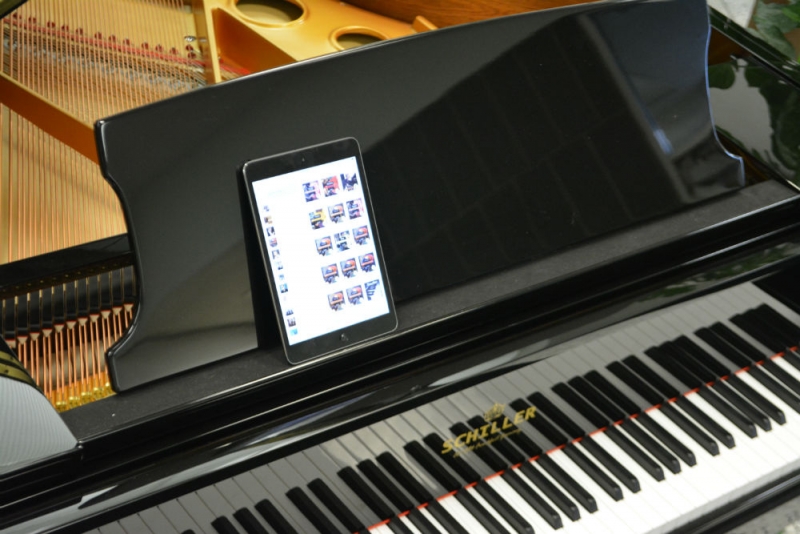
- Nickname for a dwarfish piano prodigy manual#
- Nickname for a dwarfish piano prodigy full#
- Nickname for a dwarfish piano prodigy software#
(4) merge the most informative nuggets into the expanded corpus. (3) score the nuggets based on whether they are informative with respect to the original seed document and

(2) extract self-contained text nuggets from the related web documents (1) identify seed documents and retrieve related documents from the web The process involves four high-level steps: Given a reasonable baseline corpus, DeepQA then applies an automatic corpus expansion process. Given the kinds of questions and broad domain of the Jeopardy Challenge, the sources for Watson include a wide range of encyclopedias, dictionaries, thesauri, newswire articles, literary works, and so on.
Nickname for a dwarfish piano prodigy manual#
Analyzing example questions is primarily a manual task, while domain analysis may be informed by automatic or statistical analyses, such as the LAT analysis shown in figure 1. The first step is to analyze example questions from the problem space to produce a description of the kinds of questions that must be answered and a characterization of the application domain. The first step in any application of DeepQA to solve a QA problem is content acquisition, or identifying and gathering the content to use for the answer and evidence sources shown in figure 6.Ĭontent acquisition is a combination of manual and automatic steps. The Atlantic, Feb/2011 The details behind IBM Watson 2010
Nickname for a dwarfish piano prodigy full#
… the full text of Wikipedia is among its 15 terabytes of reference data… It also examines the phrase structure and the grammar of the question for hints of what the question is asking.
Nickname for a dwarfish piano prodigy software#
When given a question, the software initially analyzes it, identifying any names, dates, geographic locations or other entities. It searches for matches and then uses about 6 million logic rules to determine the best answers.

To build a body of knowledge for Watson, the researchers amassed 200 million pages of content, both structured and unstructured, across 4 terabytes of disks. Tridgell developed the open-source Clustered Trivial Database (CTDB), which the SAMBA file protocol uses to simultaneously access the memory across Watson’s 90 servers. Tridgell created the computer algorithm running on top of Watson’s hardware that culls out the data set. The entire system is self-contained, Watson is NOT going to the internet searching for answers.”Įvery time Watson boots, the 10.8TB of data is automatically loaded into Watson’s 15TB of RAM, and of that, only about 1TB is scanned for use in answering Jeopardy questions, Pearson said…Įnter Australian computer programmer and SAMBA developer Andrew Tridgell. For performance reasons, various subsets of the data are replicated in RAM on different functional groups of cluster nodes. According to IBM Research, the actual size of the data (analyzed and indexed text, knowledge bases, etc.) used for candidate answer generation and evidence evaluation is under 1 Terabyte (TB). “When Watson is booted up, the 15TB of total RAM are loaded up, and thereafter the DeepQA processing is all done from memory. Jeopardy! questions for Watson and GPT-3: View the data (Google sheets) Dataset


 0 kommentar(er)
0 kommentar(er)
